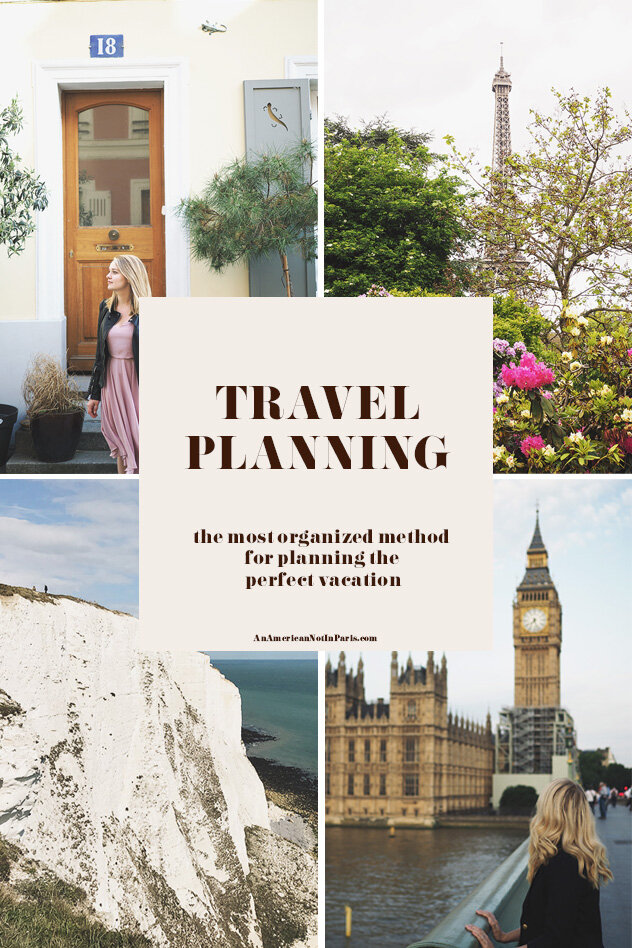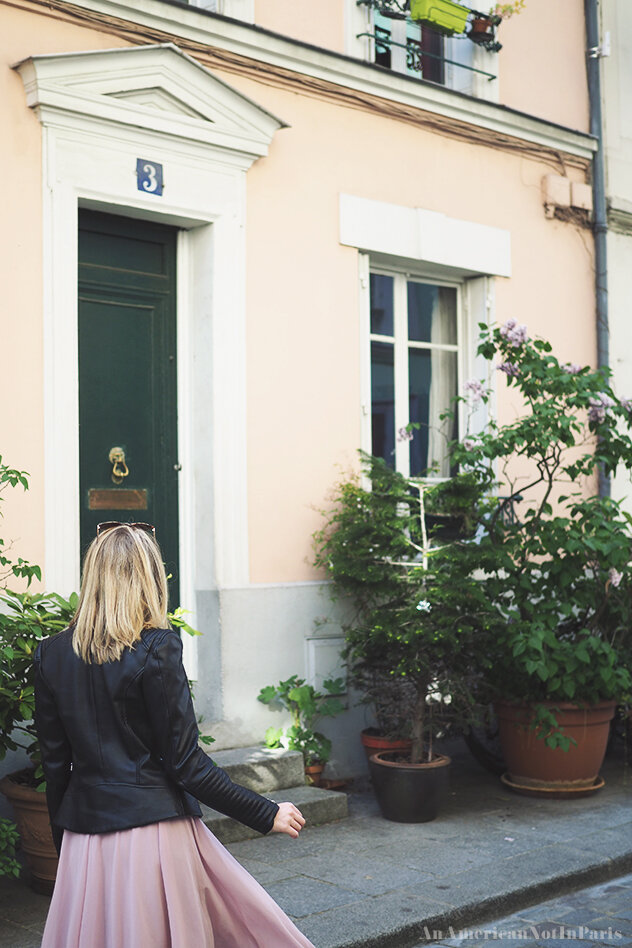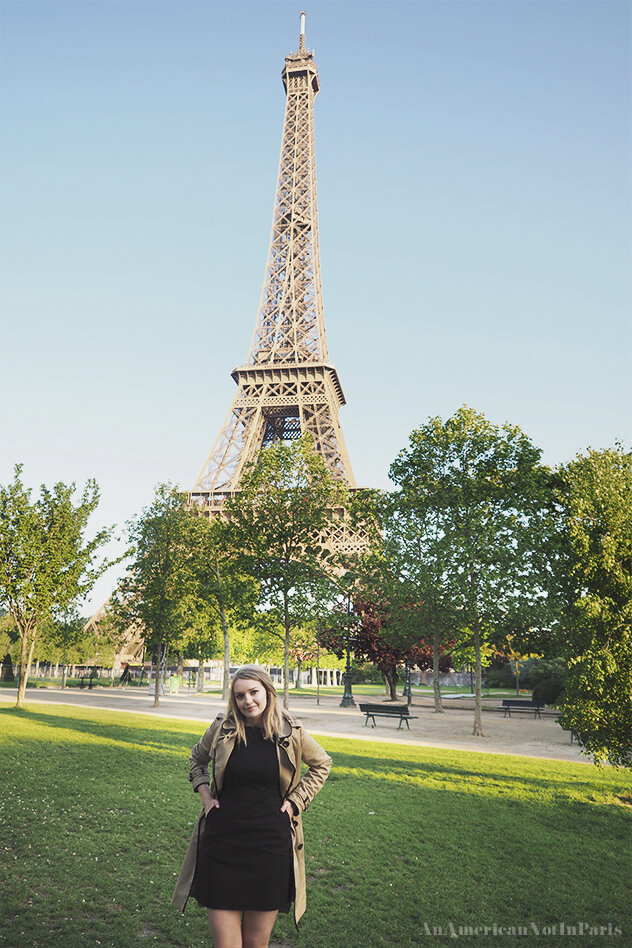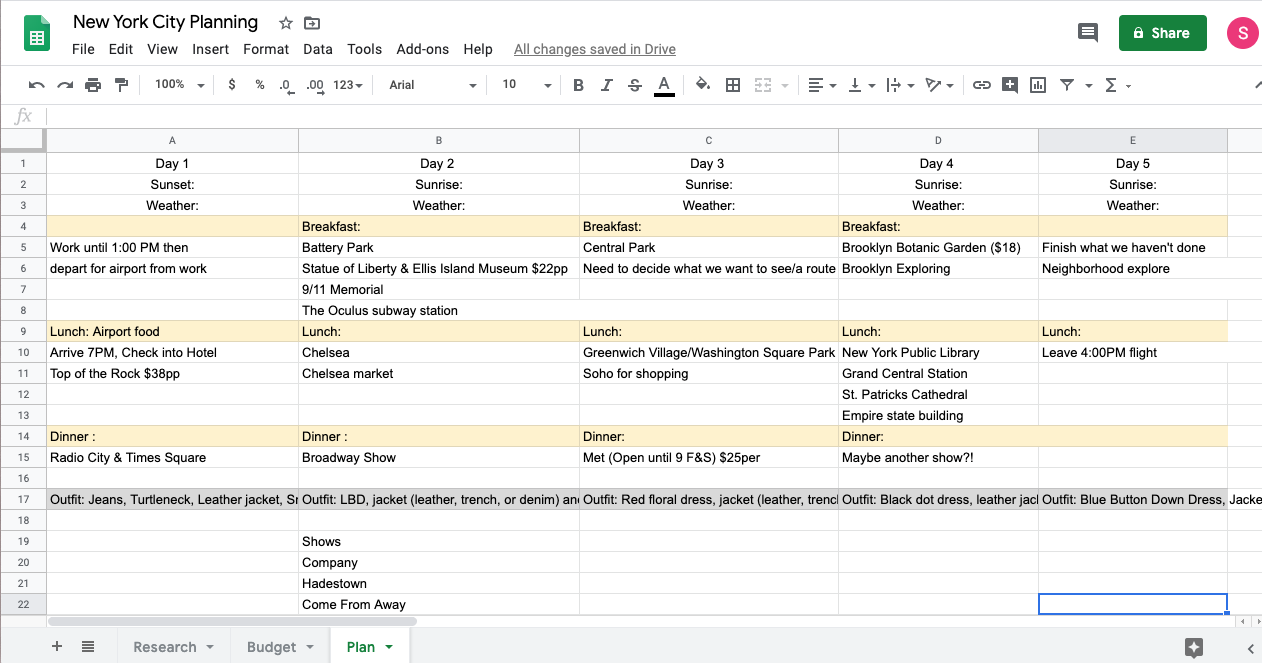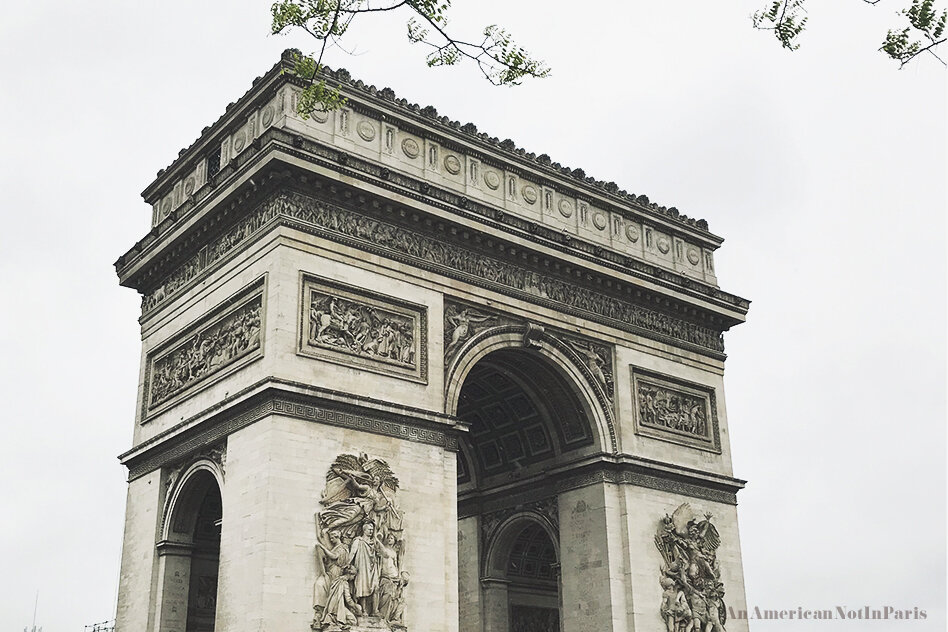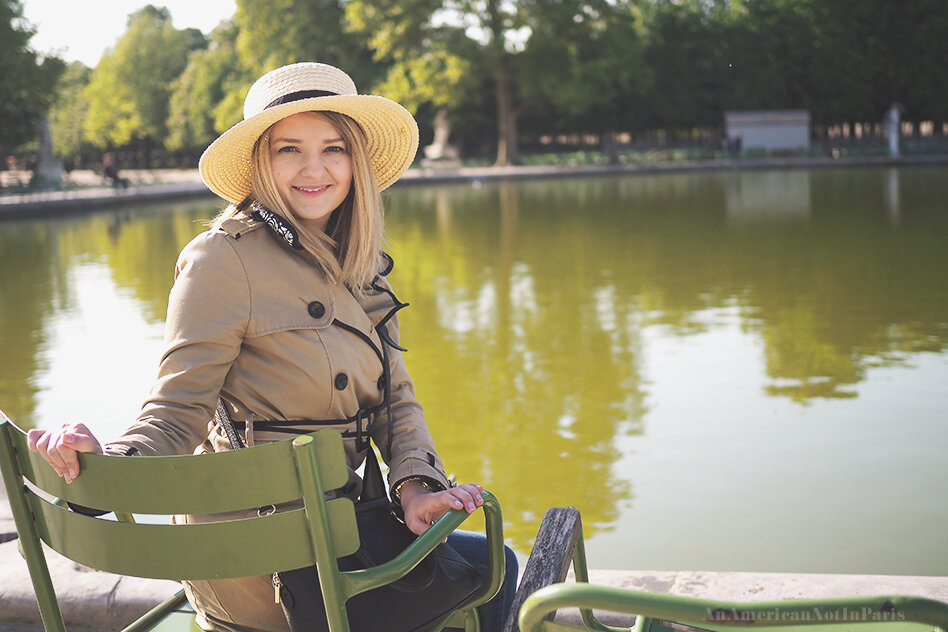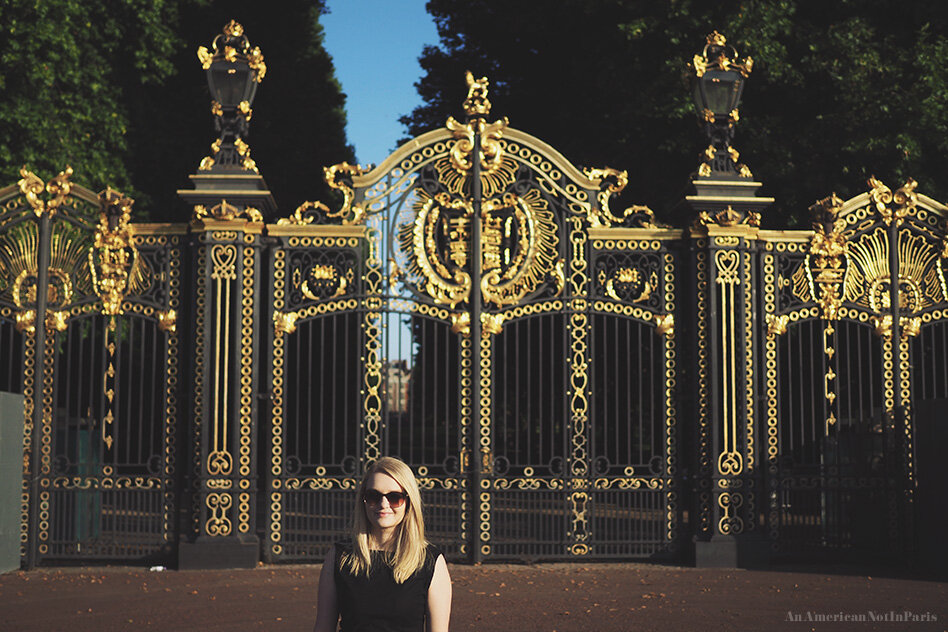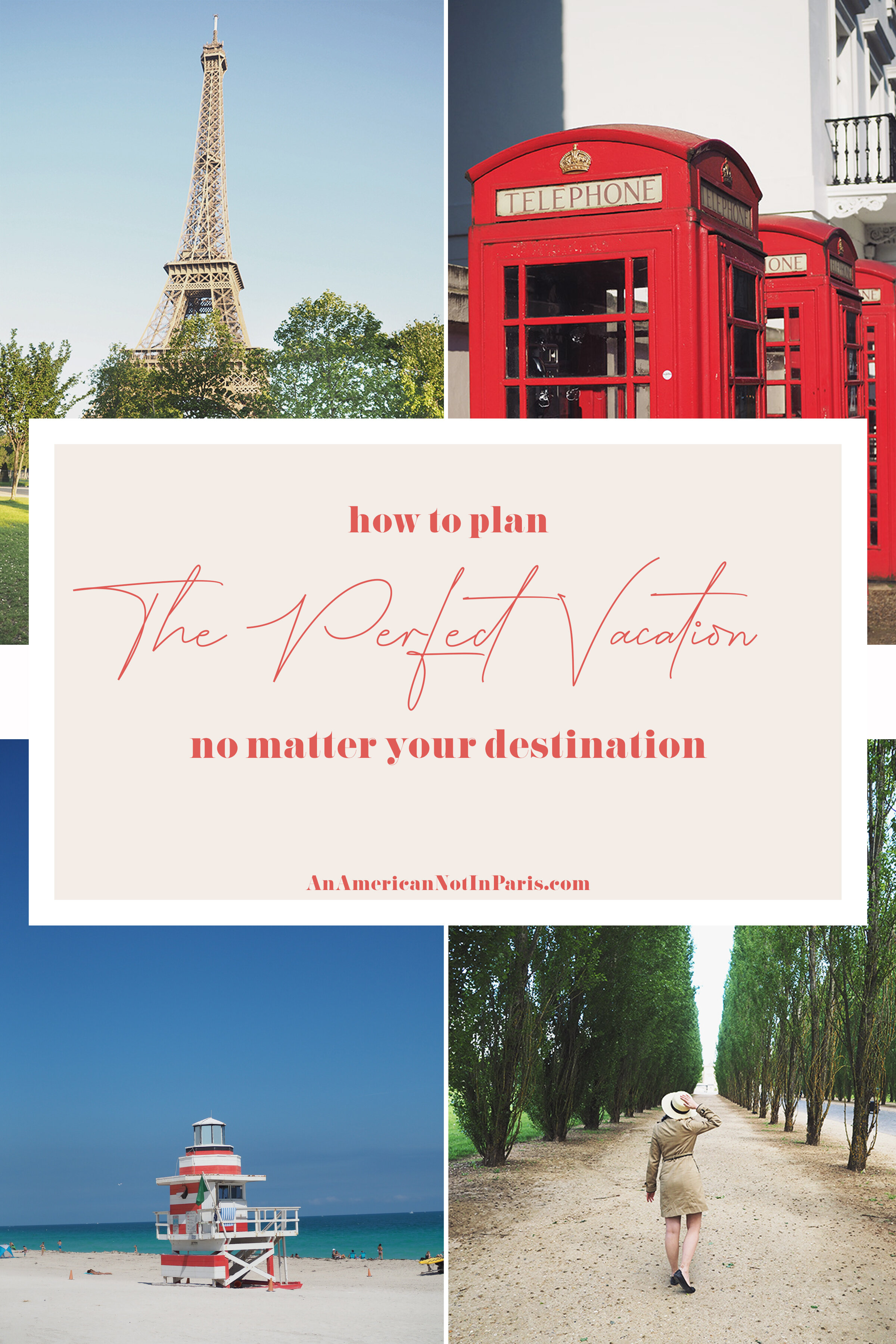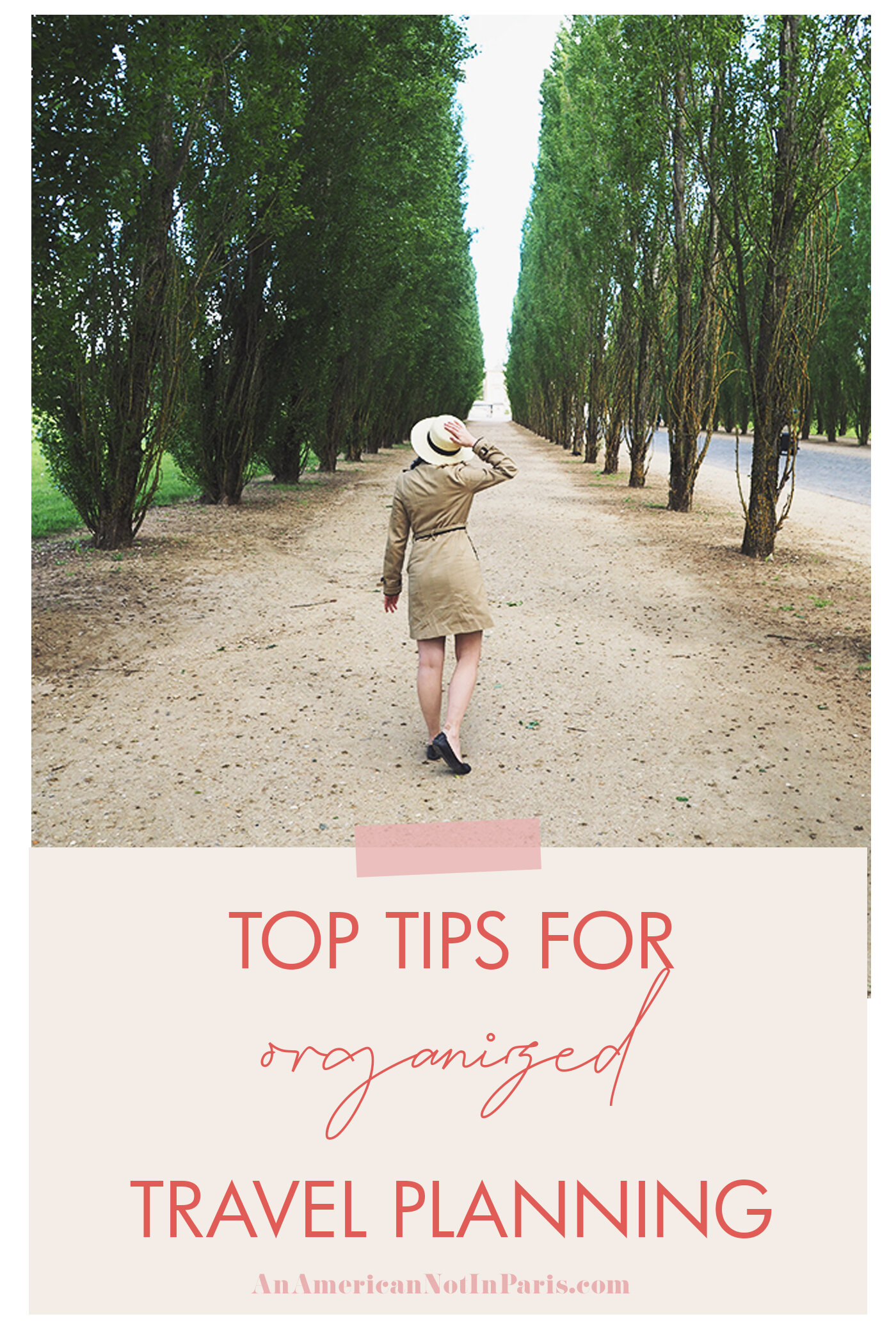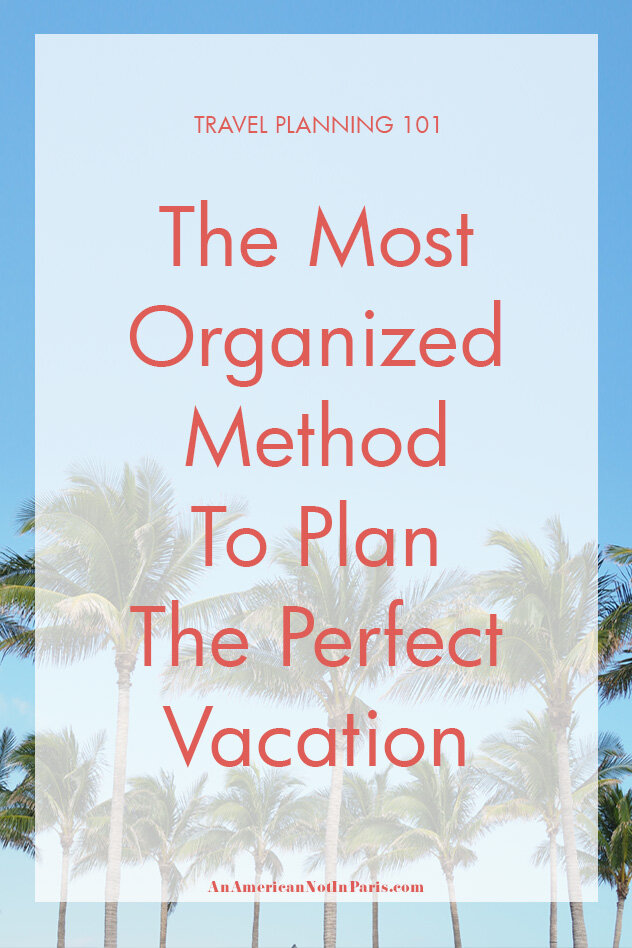How to Plan Any Trip
Just a note - some of the links below are affiliate links and I may earn a commission if you purchase through them. Links like these always go to relevant products and services and the commission earned helps keep this blog running.
Figuring out how to plan a trip is almost as exciting as actually visiting a new destination. The planning stage builds anticipation for the actual trip and going into any vacation at least somewhat organized takes a lot of the stress out of traveling and allows (at least for me personally) for more enjoyment. Not only does having a plan in place make traveling way less hectic, it also helps make sure you can get the most out of a trip. No arriving to a city and just aimlessly wandering around wondering “what to do.” I love the planning stage of travel! If you’ve ever felt super disorganized when preparing for a trip, I’m giving all the tips I use to schedule the perfect vacation and keep everything organized! For examples sake, I’m going to show you a spring trip to New York I am planning below, but this has worked for me for every type of trip before such as multi-city Europe trips!
Step 1 – Start a spreadsheet
I love a well-organized spreadsheet so when dreaming up my travels, I lean heavily on a Google Sheet to get my planning done. Obviously, you can use Excel or whatever your chosen program is, but I love using Google Drive/Sheets because I can share it with my husband for his input and it syncs across all my devices so I can access it on my phone during the actual trip or whenever I think of something to add. Like if a co-worker recommends a restaurant at my destination, I can just pull my phone out and make a quick note of it all in one place.
Step 2 – Research
Hopefully, you at least know a little bit about your destination before you start planning a trip! If not, this stage is super important to figure out what exactly your trip will look like, what to pack, etc. Even if you already have a few ideas in mind, getting all the info down in one place is important.
I primarily rely on Pinterest to find other travel bloggers who can share first-hand experience, but I also just search in google sometimes to find some specifics. Rick Steves, Samantha Brown, and publications local to the destination(s) you’re visiting are also usually good sources for information. Here in Chicago, The Chicago Reader, Chicago Magazine, and Thrillist are always publishing articles on what to do and eat in the city, so always look into sources local to where you’re traveling. You should also visit the websites of specific attractions you’re interested in to make note of the admission price, touring options, and hours.
TIP - It typically takes me a while to plan a trip. You don’t have to get this entire spreadsheet filled in in one day. The research stage can be particularly overwhelming, so take a few sessions to gather all the info and jot things down, then sit down and get it all organized. It can be overwhelming if you don’t do your prep and planning it in small chunks.
Step 3 - Write down everything you want to see
I use my first tab of my sheet to write down everything I know about and everything I found in my research that I might want to see. Then I label the columns next to it “Location” “Type” ”Must see” “Cost” and “Notes”
Each item gets filled in. For this New York City example, you can see I wrote down The Empire State Building, The Boathouse, and Chelsea. I then filled in the columns next to them with where relatively they are located in the city, what category I would put them in (such as site to see, photo stop, food, etc.) and ranking them as “must see” “would like to see” and “if we have time”. To figure out where each item is located, I use Google maps.
TIP - Make sure to also take note of open and close times of attractions. It may make it easier to fit in an extra museum on an extended hours day or to make sure you’re not planning on going on a day when what you want to see is closed (Like don’t try to visit Versailles on a Monday.)
Step 4 – Plan a budget
This is where I create a second tab to figure out my budget and see if I stuck to it post-travel. If you have already booked your method of travel to your destination, then this section may already be partially filled in for you. If not, this is where I love to look at package travel deals on Expedia and cheap flights on Skyscanner to get an idea of the best time to travel. Also, take a look at your first tab in the “must-see” and “would like to see” categories to calculate a rough estimate of food expenses and activities. This will give you a good layout for what is feasible during your trip and if you are on a budget, what you need to cut from the first tab.
As you can see, I was able to book this trip using some Southwest Airlines points so I only paid the required government fees for our flights! Yay being under budget! I knew we wanted to see at least one Broadway show, so I added in a separate category for that. I know we’ll be using the subway and cabs so that also got it’s own row in transportation. Things like boat tours and museum visits will fall into activities and food is anywhere we will eat but also any grocery stops we may make to have snacks for the hotel room (always a must-do).
Step 5 – Put it in a Calendar
Tab #3! This is where I actually flesh out what we’ll do each day. I like to put the date at the top, followed by sunrise and set times for photos, followed by weather (to be filled in closer to the trip). Each of the yellow spaces will be a meal and the empty bars between are morning, afternoon, and evening activities.
I also like to leave space below for notes and outfit planning. I will usually plan my outfits waaay in advance and then make small adjustments based on weather forecasts. For this example, I put notes below on the Broadway shows I’d most like to see and some neighborhoods we’d like to explore if there is extra time.
If I’m in one city (like NYC) I plan my day around one or two “must sees” and by area/neighborhood so I don’t waste time on subways and in taxis getting from one place to another and scrambling all around.
If I’m in a multi-city place like Italy or England, I will do some more research on best train times/transport options and easiest hub cities to determine the order. So if I’m going to the UK, I can get a train to almost anywhere from London, but getting a train from Bath to York would take half a day plus a number of transfers which is not my best use of time.
After I’ve gotten a few activities each day solidified, I will fill any empty spaces with some “would like to see” items, usually trying to chose things geographically close to my already planned things. I will also do some research on food options in the area I’m in that day to see what is good and nearby. If you are a big foodie, you may do this totally opposite! You would want to pick your food stops first, then fill in the convenient sites to see nearby.
TIP - Always build extra time in. Your train could break down, the line for the museum could be long, or you may just want to spend more time in one place than you’d planned. Not jam packing every single day means you can still have wiggle room to relax and keep your plans flexible.
Step 6 – Book it
Now that I have a solid plan in place this is where I will start securing my plans. I will book a flight and hotel(s) if I have not already and start buying tickets to the things I want to see. Many sites such as museums and building viewing decks have timed entries, so it’s important to book the correct time and date based on your plan and book far enough in advance that you can secure the time slots you want.
As I book these things, I will fill important info into my budget tab such as my hotel address, flight numbers and times, and what times/dates I’ve booked other things for.
Step 7 - Other Tabs
I like to make other tabs to hold information relevant to each individual trip. Which tabs I use varies depending on where I’m going.
Packing - A go to tab is for a packing list. I have a standard list already typed out with things such as toothbrush and phone charger listed that I will copy and paste over. Then I add trip specific things to not forget like jackets, specific outfits, etc.
Photo ideas - If there is an iconic site or photo angle I don’t want to forget I will make note of it here. Such as “Don’t forget to pose with your Laduree Macaron on day 2 before you eat it”
Shopping - This is a great tab if you are going to a destination with specific souvenirs you don’t want to forget about. This can also help solidify your budget if you intend to purhase a lot or a big ticket item. An example would be if you are planning on buying a Chanel Bag in Paris, you might want to make note of that in your budget tab.
It’s also helpful if you are planning to buy things for others while traveling or if you are taking a trip close to Christmas and want to pick up a few gifts while you are away. We pretty much got all our holiday shopping done the September we went to the UK, so this was great to not forget anyone and jot down some ideas to think of while we browsed some shops.
Languages - If you are going somewhere where you do not speak the local language, this is a tab to jot down a few phrases you want to remember. Obviously, there are more accessible places to store these when they are needed in the moment, but it doesn’t hurt to put them here and study them every time you open this document to do some planning.
Step 8 - During your trip and Post trip
The night before a trip, I will download every tab of this spreadsheet to my phone, just in case I lose service at some point.
While you are traveling, it helps to look at this at least in the morning to know what you’ve got going on for the day. By the time a trip rolls around I usually have my schedule memorized from working on it so much. It still doesn’t hurt to double check all the info in your brain is correct.
Post travel, I like to go into the budget tab and tally up my receipts to see if I stayed on budget (Spoiler alert: I didn’t. I never do.)
Do you have any more travel planning tips? Let me know below if you found this method helpful!
Pin It
Related Posts
I’m Shannon
I’m just a Francophile strolling the banks of the Chicago River (or where-ever my travels take me) instead of the Seine. Trying to find the Parisian life everyday and documenting it here on AN AMERICAN NOT IN PARIS.

